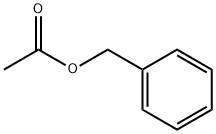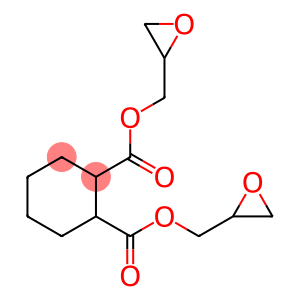Bromobenzene(CAS#108-86-1)
| Risk Codes | R10 – Flammable R38 – Irritating to the skin R51/53 – Toxic to aquatic organisms, may cause long-term adverse effects in the aquatic environment. R39/23/24/25 - R23/24/25 – Toxic by inhalation, in contact with skin and if swallowed. |
| Safety Description | S61 – Avoid release to the environment. Refer to special instructions / safety data sheets. S45 – In case of accident or if you feel unwell, seek medical advice immediately (show the label whenever possible.) S36/37 – Wear suitable protective clothing and gloves. |
| UN IDs | UN 2514 3/PG 3 |
| WGK Germany | 2 |
| RTECS | CY9000000 |
| TSCA | Yes |
| HS Code | 2903 99 80 |
| Hazard Class | 3 |
| Packing Group | III |
| Toxicity | LD50 orally in Rabbit: 2383 mg/kg |
Introduction
Bromobenzene is an organic compound. The following is an introduction to the properties, uses, preparation methods and safety information of bromobenzene:
Quality:
1. It is a colorless liquid, transparent to light yellow at room temperature.
2. It has a unique fragrance, and is insoluble with water, and miscible with many organic solvents such as alcohol and ether.
3. Bromobenzene is a hydrophobic compound that can be oxidized by the oxidants oxygen and ozone.
Use:
1. It is widely used in organic synthesis reactions, such as as an important reagent and intermediate.
2. It can also be used as a flame retardant in the manufacture of plastics, coatings and electronic products.
Method:
Bromobenzene is mainly prepared by the ferromide method. Iron is first reacted with bromine to form ferric bromide, and then iron bromide is reacted with benzene to form bromobenzene. The conditions of the reaction are usually a heating reaction, and it is necessary to pay attention to safety when the reaction is carried out.
Safety Information:
1. It has high toxicity and corrosiveness.
2. Exposure to bromobenzene may cause irritation to the eyes, skin and respiratory tract of the human body, and even lead to poisoning.
3. When using bromobenzene, appropriate protective equipment should be worn, such as gloves, safety glasses and protective masks.
4. And ensure that it is operated in a well-ventilated environment to avoid long-term contact or inhalation.
5. If you accidentally come into contact with bromobenzene, you should immediately rinse the affected part with plenty of water and seek medical assistance.








